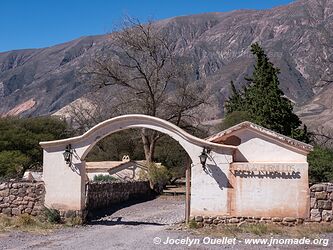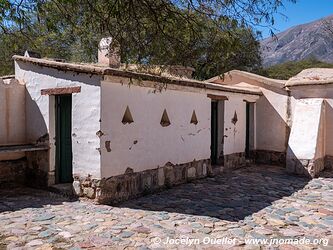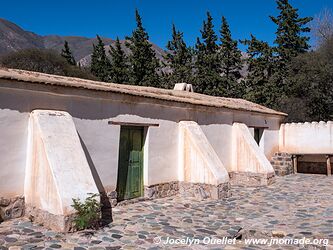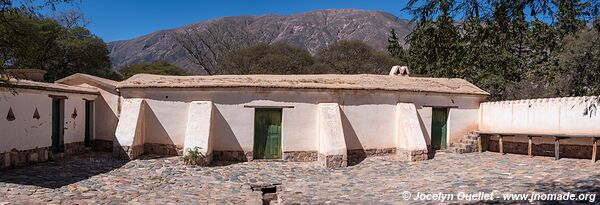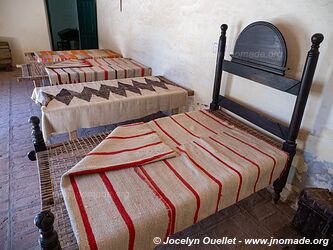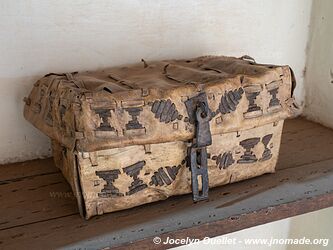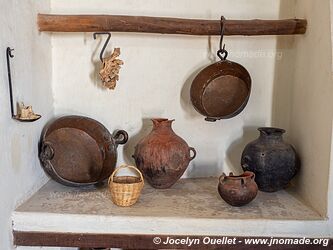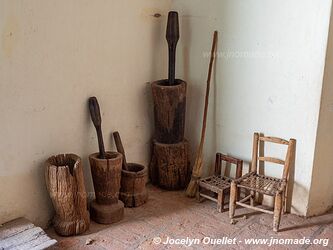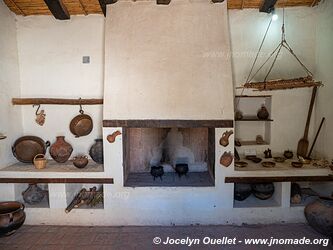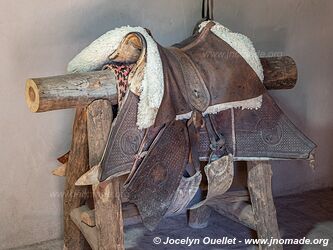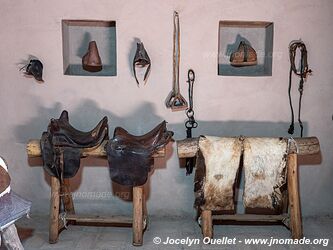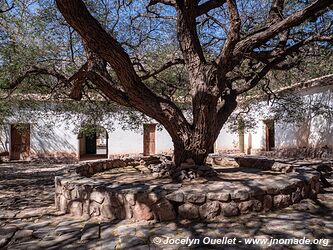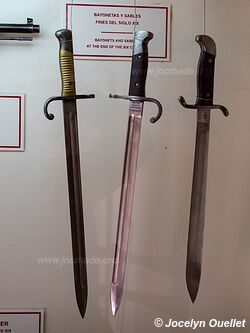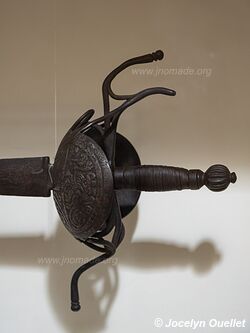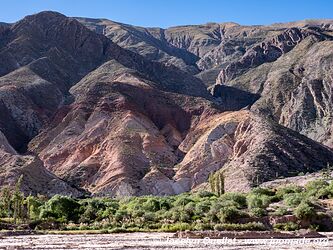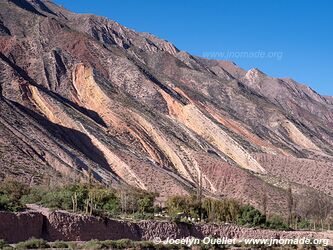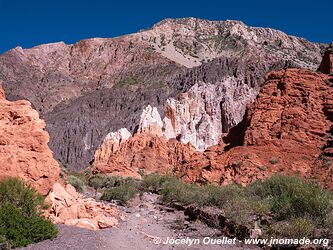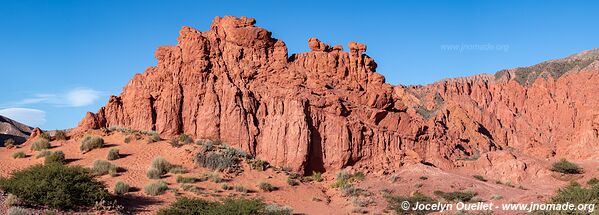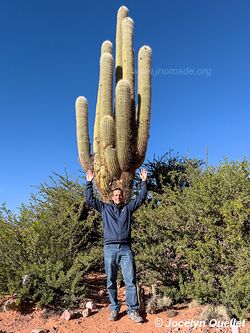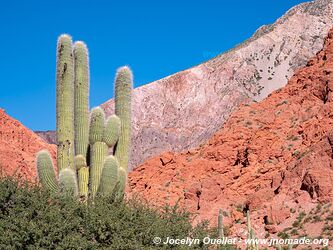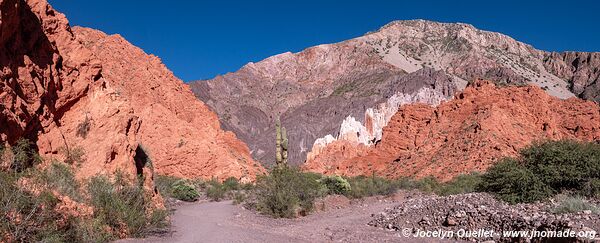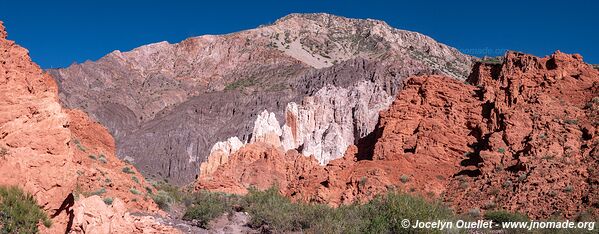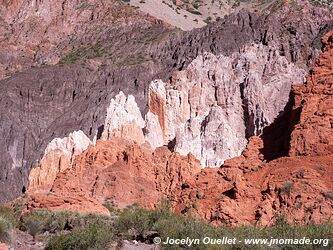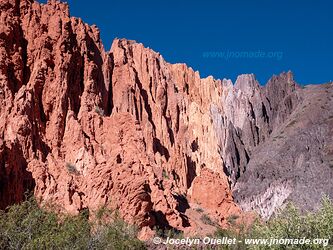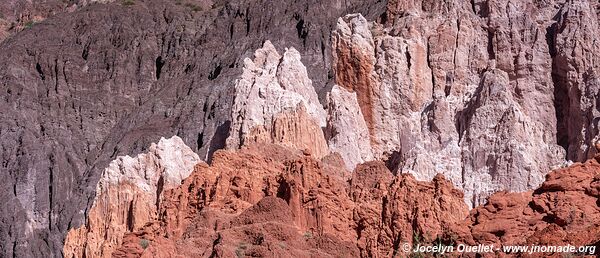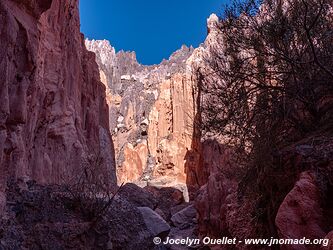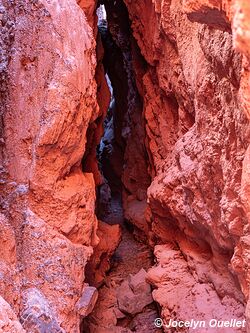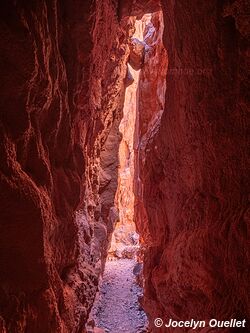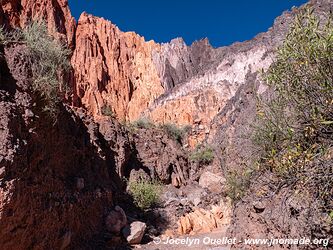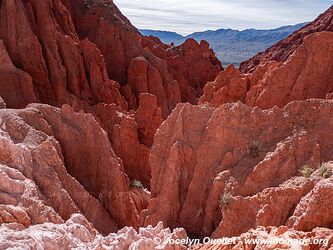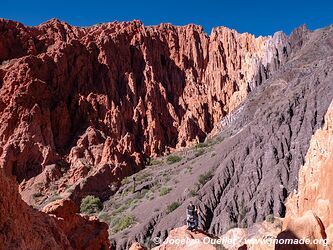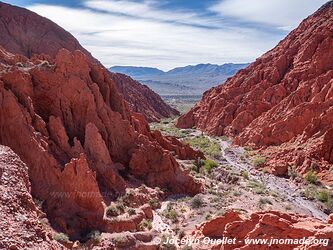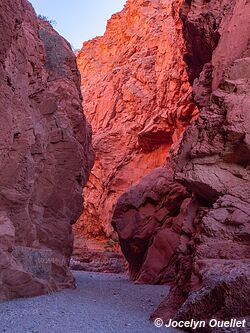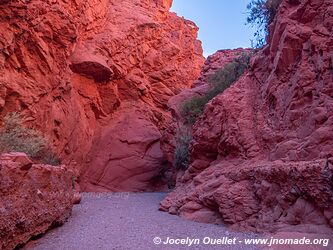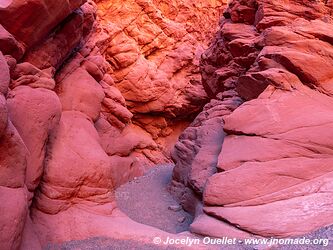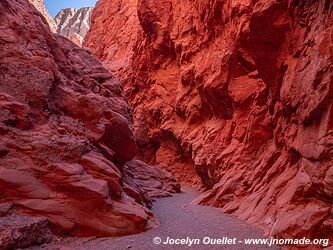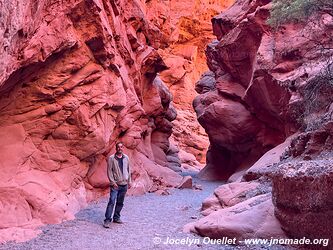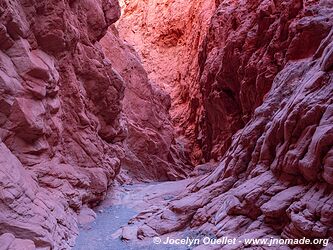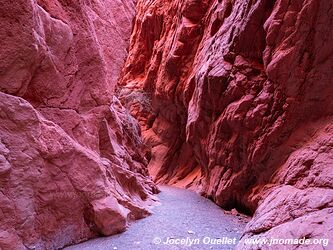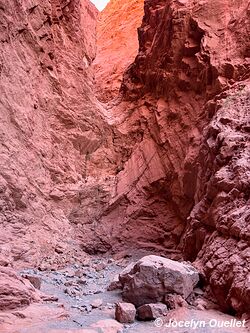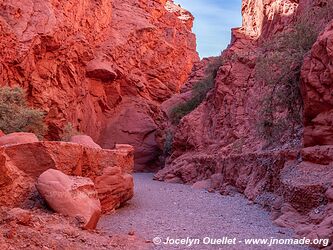Quebrada de Humahuaca
The Quebrada de Humahuaca is a 155-kilometre-long valley in the Andes mountain range. It is famous for its magnificent, colourful mountain scenery, its remarkable rock formations, the Salinas Grandes on a high plateau to the west, and its history, which archaeologists believe dates back 10,000 years.
This magnificent valley was declared a UNESCO World Heritage Site in 2003. It includes the villages of Pumamarca, Tilcara, Maimará, the Salinas Grandes, the magnificent Serrania del Hornocal and the village of Humahuaca.
Posta de Hornillos
This supply point was created in 1772 as part of a series of posts linking Buenos Aires in Argentina to Lima in Peru. It was used until 1908, when the railway was inaugurated.
The Posta de Hornillos saw many battles during the War of Independence, and from 1810 it was also used as a military barracks.
Today, the site has been restored and contains an interesting museum with, among other things, remains from the military era.
Maimará
Huacalera
San Roque
Quebrada de las Señoritas
The magnificent Quebrada de las Señoritas can be visited from the small village of Uquía, around ten kilometres from the village of Humahuaca. Its name comes from an Inca legend. Señoritas means ladies.
During the Inca Empire, three ladies fled Peru carrying a large quantity of gold. Pursued by the Spanish conquistadors, they made their way through the quebrada, but were blocked by the rugged terrain. With the gold hidden in an unknown place, the ladies offered their lives to the Pachamama (Mother Earth). In return, the Pachamama thanked them by creating a rock formation in their honour.







